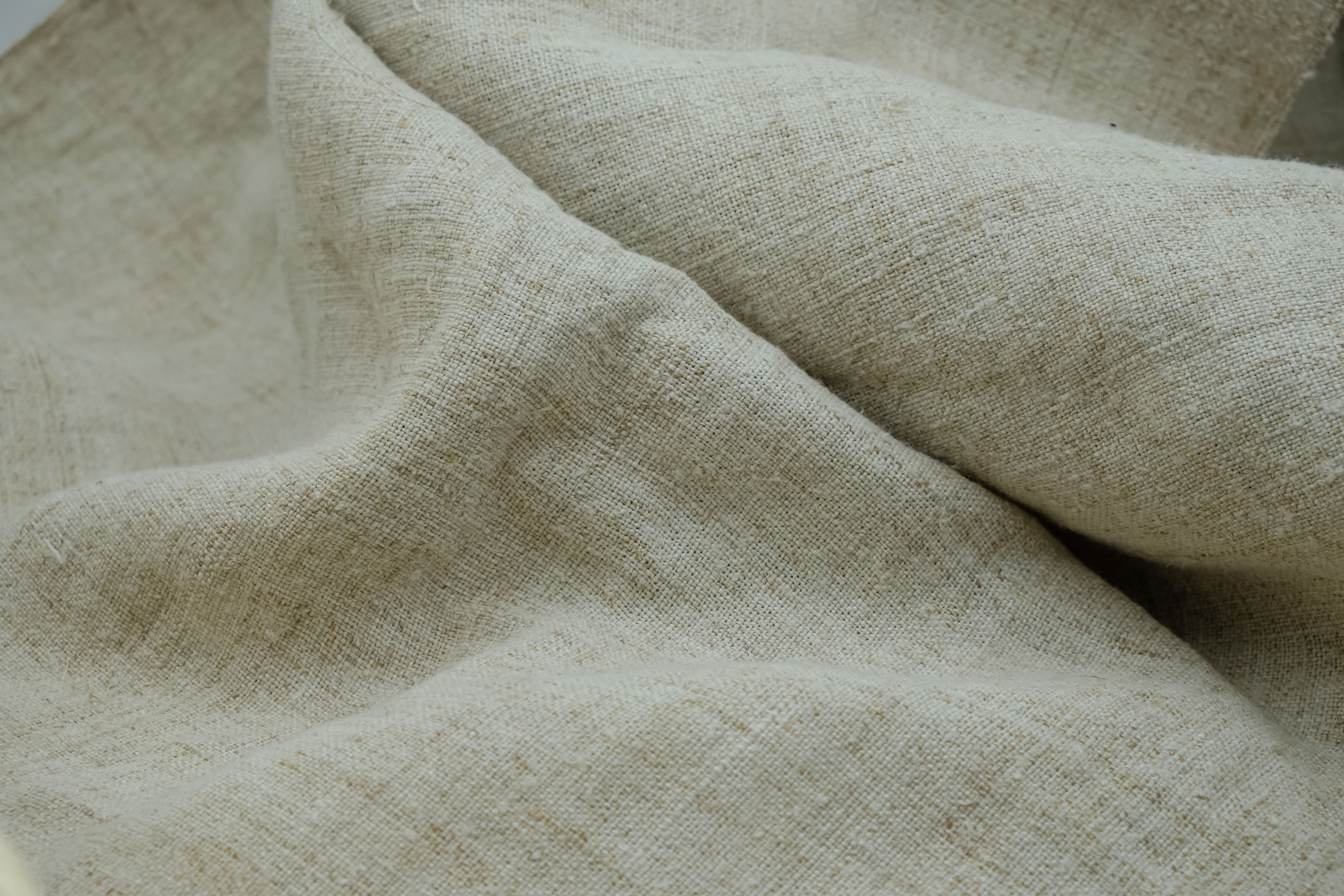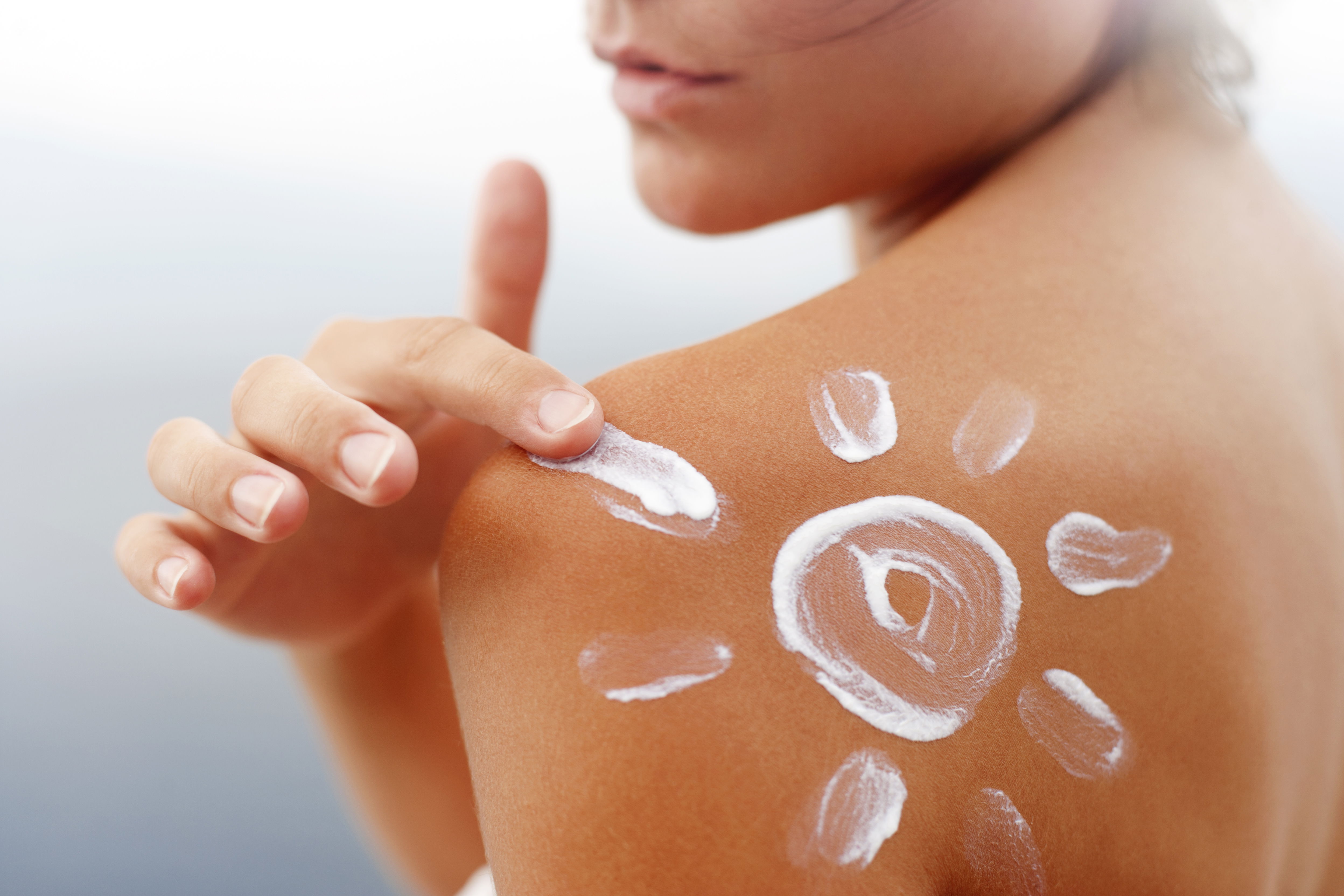Finding Breath in the Heat: The Summer Innovation of Véloise™ Polylactic Acid × Linen Blend Fabric
As the planet heats up, allergies surge, and petrochemical fabrics dominate the market, dressing is no longer just a daily task—it’s a negotiation between the skin and survival.
Especially in hot, polluted environments, our skin is quietly protesting: “I just want to breathe.”

The Wardrobe Problem: A Summer That Won’t Let You Breathe
Most mainstream fabrics today—polyester, nylon—share the same issues: low breathability, heat retention, strong static, and high bacteria buildup.
- According to the CDC (2022), medical staff wearing conventional protective suits experienced an average core body temperature increase of 1.8°F (1°C), with 23% showing mild heat exhaustion symptoms (NIOSH Publication No. 2023-128).
- The EU’s OSHA (2021) reported that 41% of surgical nurses suffered summer dermatitis, 34% of which was linked to polypropylene-based protective suits (European Risk Observatory Report 2021).
When human skin becomes a pressurized micro-greenhouse, breathability and wellness must become the new baseline.

A Gentle Rebellion: Polylactic Acid × Linen
In response, Véloise™ chooses a gentle but powerful path—not another synthetic marvel, but a return to nature.
Introducing Véloise™ Polylactic Acid × linen blend: a fabric born for sensitive skin and overheated conditions.
Two natural materials, working in synergy:
- Véloise™ Polylactic Acid long fiber: derived from non-food agricultural waste such as straw, inherently hypoallergenic, antibacterial, soft, and fully recyclable. According to a 2023 study in the Journal of Membrane Science, under ASTM E96 BW conditions (sample thickness 0.18mm), Polylactic Acid demonstrated a 217% improvement in moisture vapor transmission compared to conventional Polylactic Acid.
- Linen fiber: dubbed the king of natural coolness, it’s highly breathable, antibacterial, and ideal for humid environments. The Textile Research Journal (2022) reported that enzyme-treated Linen achieved a moisture diffusion rate of 0.07–0.09 seconds (DOI: 10.1177/00405175221086911), outperforming both cotton and synthetics.
The result: a fabric that is light yet smooth, natural yet high-performing, and perfectly built for human comfort.
Quietly Solving Big Problems
This blend fabric addresses the overlooked textile scenarios of everyday life:
- Medical uniforms / patient wear: hypoallergenic, antibacterial, withstands high-temp washing
- Kitchen / restaurant uniforms: grease-resistant, breathable, washable - Summer shirts / loungewear: no stickiness, no static, naturally cool
- Baby blankets / pillow covers: chemical-free, gentle to skin
- Hotel bedding / home textiles: mite-resistant, traceable, recyclable
Beyond Wear: A Circular Future
This Polylactic Acid × Linen blend fabric is not just comfortable today—it’s designed for a full lifecycle. Each batch is embedded with NFC/RFID chips and blockchain traceability, enabling:
- Factory waste collection → remelting → remanufacturing
- Post-use textiles → mechanical or chemical recycling → regenerated use Véloise™ is not simply weaving fabric—it’s redefining what it means to wear sustainably.

Closing Thoughts: Nature is the Most Elegant Technology
Over 67% of people with sensitive skin are forced to give up traditional cotton, with petro-based fibers often being the only alternative.
We’re here to say: there is another way. You just haven’t met this fabric yet.
Véloise™ Polylactic Acid × Linen blend is a quiet revolution—
A gift to your skin.
And a promise to the future.